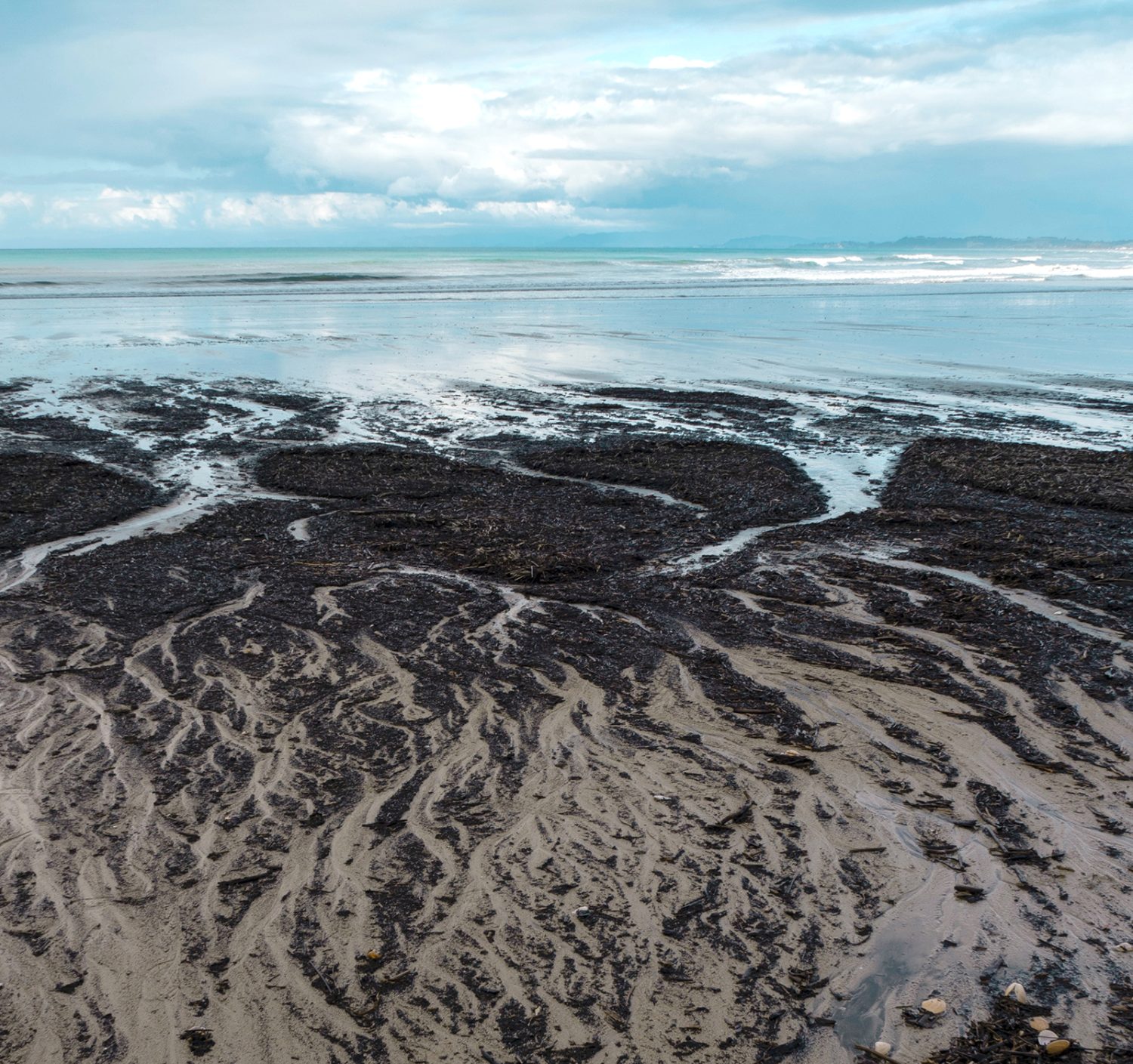Kaumātuatanga – Ageing – is a process that many Māori look upon positively, yet the dichotomy between positive Māori attitudes to ageing and actual negative health outcomes for many Māori are startling. From lower life expectancy to chronic conditions such as diabetes, many kaumātua are not ageing well. Discovering why was a motivating factor for Principal Investigator Associate Professor Marama Muru-Lanning and her team.
This project explores kaumātua health in two Tai Tokerau (Northland) communities. It seeks to examine kaumātua, whānau, iwi, and health services discourse on responsibility for kaumātua health. Utilising a kaupapa Māori approach as well as qualitative, ethnographic, and oral history techniques, the research team also probe more deeply into the historic, cultural, and social context of wellbeing, health, and health service usage in these rohe.
This study grew out of an Ageing Well Phase 1 funded feasibility study. The previous project discovered kaumātua take a wellbeing approach to health, value highly their involvement with marae, and prioritise the wellbeing of future generations over their own health. It also gave the research team confidence in their noho wānanga methodology and identified the issue of kaumātua reluctance to prioritise their health needs as a problem worthy of further investigation.
The current study – ‘Mā mua ka kite a muri; mā muri ka ora a mua’ – asked kaumātua about their experiences and understanding of health in order to help guide new solutions and improvements to health policies that would make a difference to their own lives, and those around the motu.
The study asked kaumātua about their experiences and understanding of health in order to help guide new solutions and improvements to health policies that would make a difference to their own lives, and those around the motu.
Under the research theme of Hapori (Community or Community-led), the project gives voice to kaumātua in the co-creation of mātauranga. It is also Māori-led, embodies kaupapa Māori (which is a for Māori, by Māori) research principles, is multi-disciplinary, builds Māori research capacity, and supports the goals of Vision Mātauranga.
About the Study
Researchers conducted the study in two rohe: Ngātiwai iwi rohe and Te Hiku, a group of iwi in the Far North. They utilised a kaupapa Māori (which is a for Māori, by Māori) approach, and collaborated with the kaumātua to design the research. This co-creation model helped empower kaumātua and foster a sense of partnership with the research team.
What the research team discovered was wide ranging and significant. Kaumātua understand wellbeing as relatively independent of ill health. They make use of traditional Māori health remedies as well as Western medicine, although historical and personal experience has led to some distrust of mainstream health services.
Kaumātua who participated in the study expressed confidence in the General Practitioners who served their rohe, but distance, transport, finances, wariness, and the minimising of health problems proved to be a barrier to accessing to the full range of health services. Whānau members also provided practical support and took an interest, though kaumātua emphatically said the kaumātua themselves are in charge of their own health and were reluctant to burden their adult children.
For support and understanding, kaumātua looked to other kaumātua as they were at a similar stage of life. Spouses and siblings cared for kaumātua who were becoming frail, and other whānau divided the household and additional responsibilities. One of the biggest sticking points was the resistance to being cared for outside the whānau. This was partly answered by Māori health providers who understood kaumātua needs and extended to providing holistic healthcare, though they were limited by resources and health structures.
Kaumātua understand wellbeing as relatively independent of ill health. They make use of traditional Māori health remedies as well as Western medicine, although historical and personal experience has led to some distrust of mainstream health services.
The web of connection
In order to describe the support for kaumatua, the research team developed the concept of ngā pūngāwerewere, or webs of connection.
There were similarities and some differences between Ngātiwai and Te Hiku kaumātua, with those in Te Hiku rohe speaking more often what we describe as whara (rips or tears) in pūngāwerewere, resulting from a ‘missing generation’ of adult children living far away and the social difficulties of rangatahi in their rohe.
Looking to the future
This study was successful in documenting the experiences of older Māori in order to provide a model for the future success of support structures by building an evidence base around those things that older Māori value. The Ageing Well funding provided the research team an opportunity to explore a specific, manageable topic and helped lay the foundations for two successful proposals to the Health Research Council of New Zealand.
{Ocean photo by Kuno Schweizer on Unsplash}
